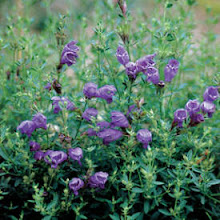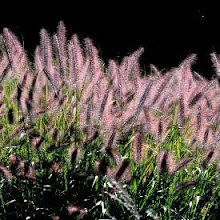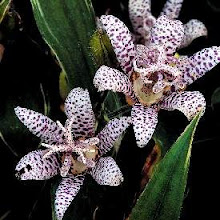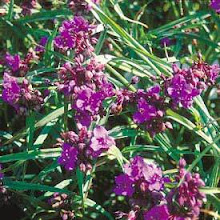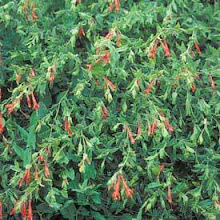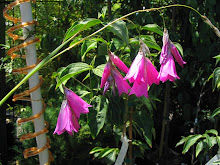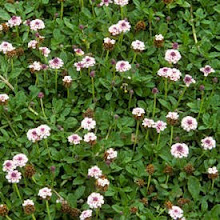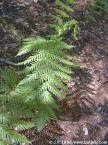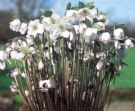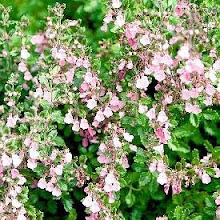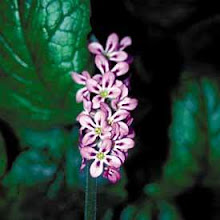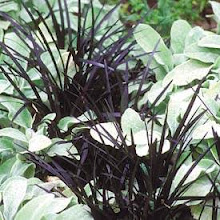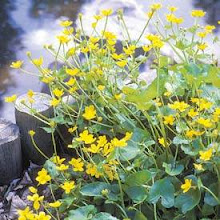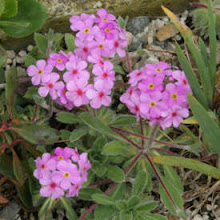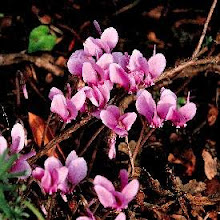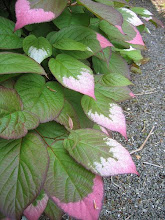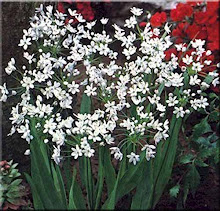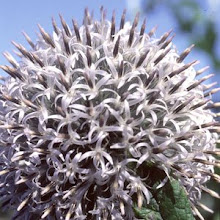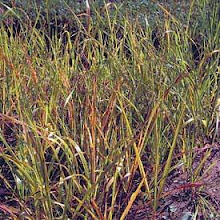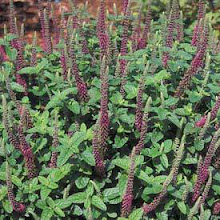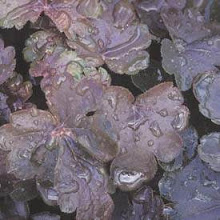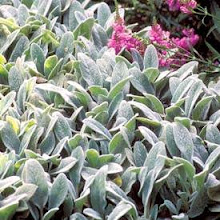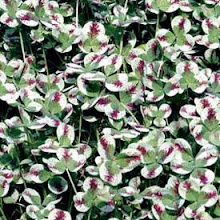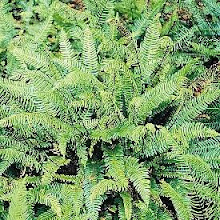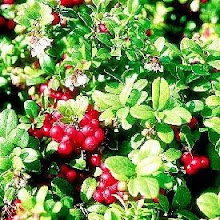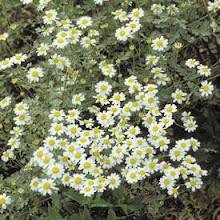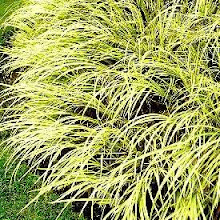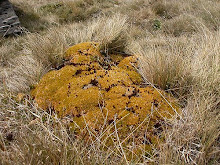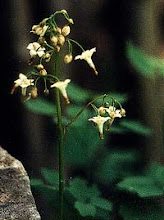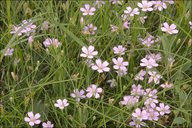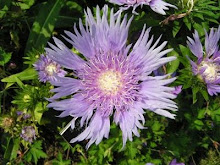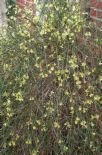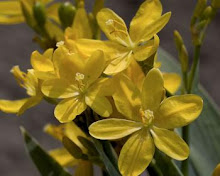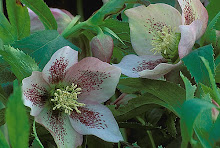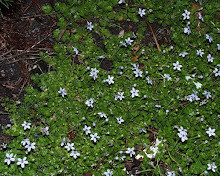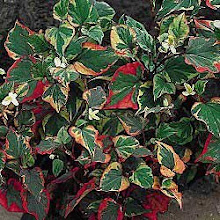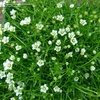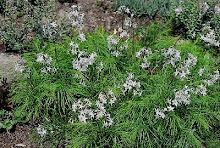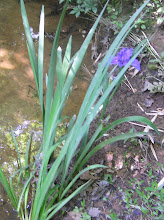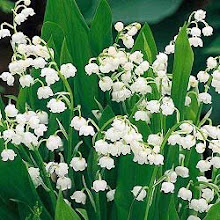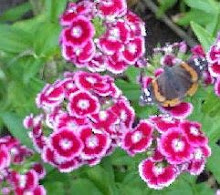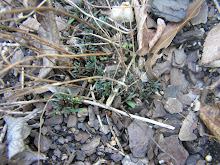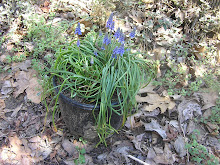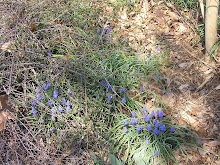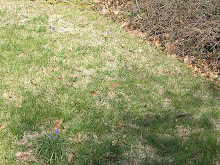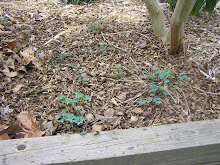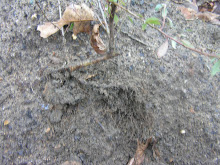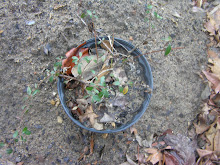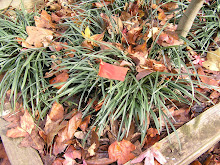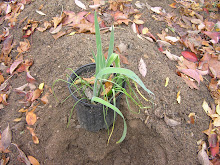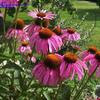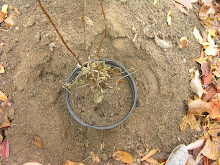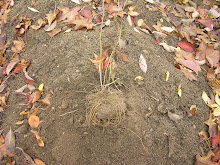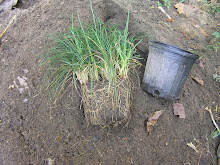The old school, which still stands, was dig a hole twice the width of the ball or container and twice the depth, but when you are handling a 2" or larger caliper tree it’s not easy to pull it out of the hole if you guesstimated wrong so use your shovel to measure the hole against the root ball to make certain the crown of the tree will not be sitting beneath the soil level, either in the garden bed or in the lawn area of the yard. Tools needed. Long handled shovel, bone meal, and cow manure. If you are planting in a continually moist area make certain the crown of the plant sits higher than the ground level so water runs away from the plant, but not too high as to expose the roots. When planting deciduous plants make certain, before planting, that you prune or trim back the top growth. If it is a tree cut back the main leader and any side branches, if it is a shrub prune out the branches that grow inwards and prune the weaker of double branches that grow outwards. Evergreen are different, they just need their leaves watered regularly. Before you slip the plant in the hole, mix in cow manure with the existing lose dug out soil. A bag per tree, 1/3rd of bag per container. Do not try to fit the plant in the hole similar to putting on your shoes. Sweat never hurt anyone. Do not use a shoe horn because you need friable soil around the diameter of the root ball so the roots can grow uninterruptedly into a better planting medium than the existing soil. Plop the ball in the hole, after shoveling the new mixture into the bottom so the crown sits at ground level then tap the lose soil down with the handle of the shovel, not your foot. After you backfilled half way around the diameter of the hole flood it with water and put in a hand full of bone mean per one gallon container and spread it around the diameter. After the water soaks in continue backfilling and tamping down the soil. Once you reach ground level with the excess soil, build a saucer around the diameter of the plant then water again. With any soil left over soil distribute where needed in the garden bed. After planting, plants need to be watered regularly and how often depends on your weather factors. You will have to determine that based upon heat and sunshine. Thoroughly once a week in most instances is plentiful except for evergreens which should have their leaves sprayed at least twice a week. If you are fortunate to have a sprinkler system, please do not set it to run in the afternoon, because you are wasting water and throwing money down the toilet. Set it to run after 9 P.M., once every three days and use a drip system for plants. For those who have heavy clay soil, water the area thoroughly two nights before planting, because digging will be a lot easier. When I did design/build I never staked trees except in windy locations, just trim out the top growth of trees so it doesn’t offer resistance, except of course for evergreens.








































